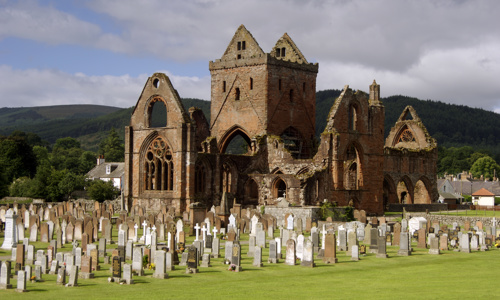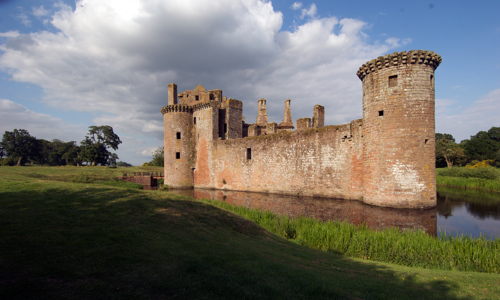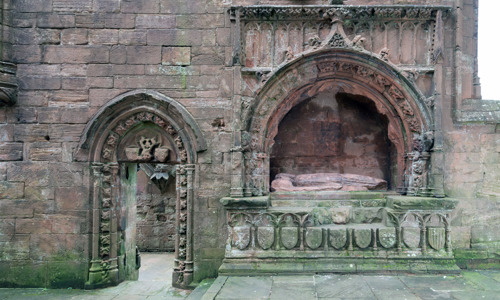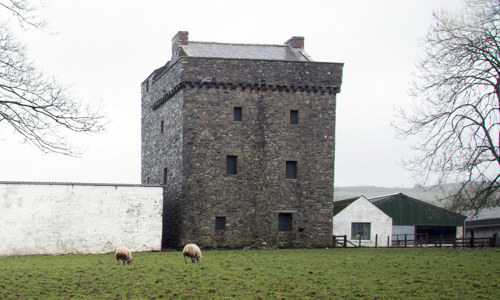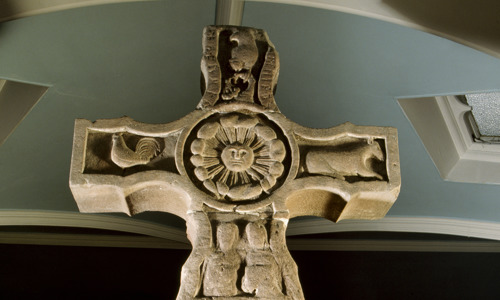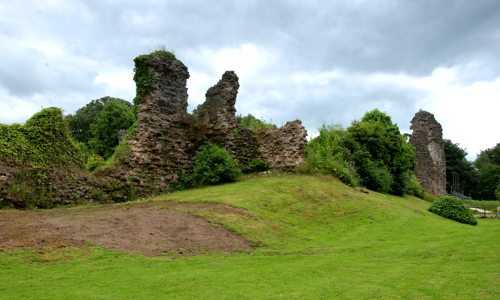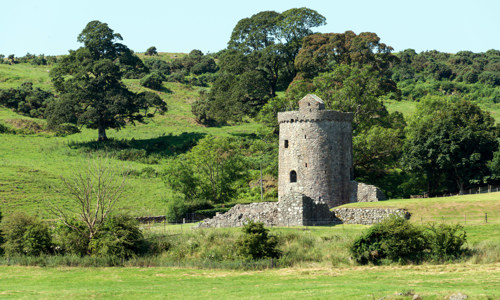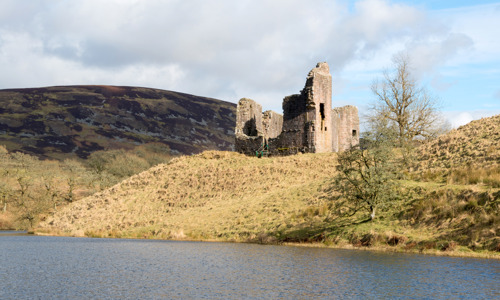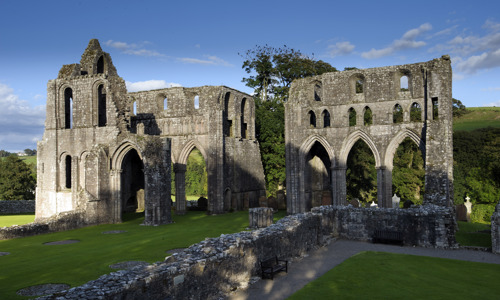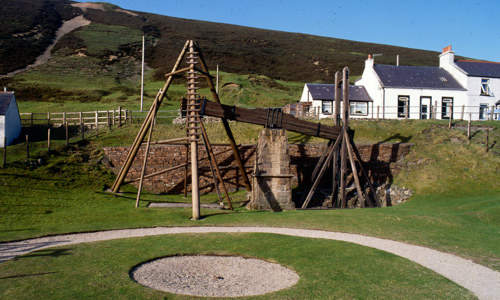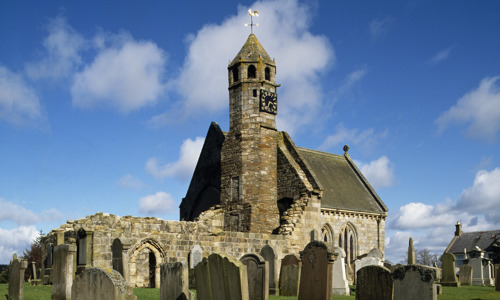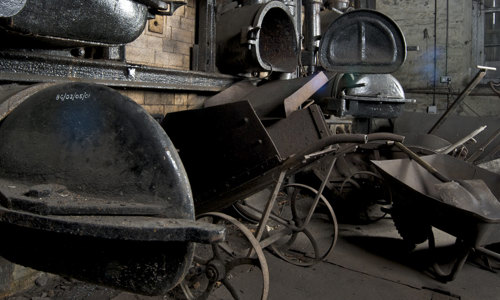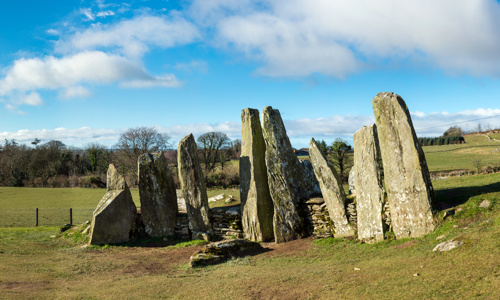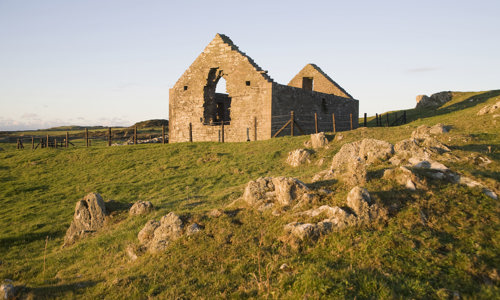History
The whitewashed stone mill by the Pow Burn in New Abbey was built at the end of the 1700s. But there may have been a mill here as early as the late 1200s, when Sweetheart Abbey was founded in the village. Though the Stewarts of nearby Shambellie House built the present mill, it’s still known locally as ‘Monks’ Mill’.
Agricultural advances in the 1700s saw farmers vastly improve their crop yields, and led to the need for the present mill. Originally two storeys high with two millstones, the mill grew in the 1800s as an extra floor and millstone were added.
Thomas Millar is the first recorded miller, in 1825. The last miller, John Clingan, closed his ledgers and stopped the waterwheel soon after the Second World War.
Perfect time capsule
Today’s world of fast food and convenience living makes it hard to grasp how central the act of grinding grain between stones was to our ancestors’ lives.
In the mill are examples of hand-powered grindstones, like those used in prehistoric times. Harnessing water to power mill wheels was a great step forward – probably introduced by the Romans.
Right up until the 1800s, country mills like New Abbey ground the oats, barley, wheat and pease used by local people as staple foods. After this time, imported grain became more widely available, and many mills switched to producing animal feed.
New Abbey was used until 1948, mainly to mill oats, both for human consumption and for animal feed. Now the mill offers visitors a wonderful insight into Scottish rural life in years gone by.
All the essential aspects can still be seen in this time capsule of the miller’s craft, including the:
- water source of Loch Kindar
- long, sinuous mill lade
- millpond – newly emerged from a long period of neglect
- restored mill, with waterwheel and mostly intact machinery
- kiln, where the harvested grain was dried
- miller’s house – now the visitor centre
- tail-race, where the water returned to nature
Preserving the past
Water-powered mills on this small scale were once familiar across Europe but have now largely disappeared. This makes it all the more important to preserve mills like New Abbey.
The mill is in full working order and can be seen in action from April to September. Demonstrations are subject to water shortages and conservation issues. Call 01387 850 260 to check timings.
The Miller’s Tale, an excellent video presentation shown in the visitor centre, lets visitors see the mill at work even on days when it’s not running.


